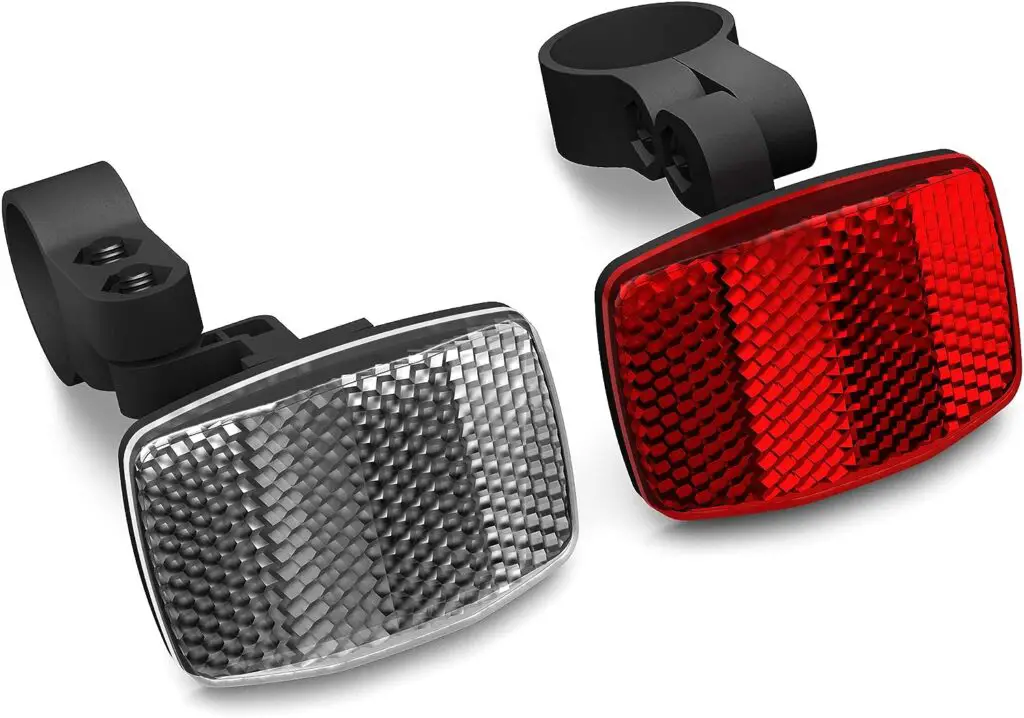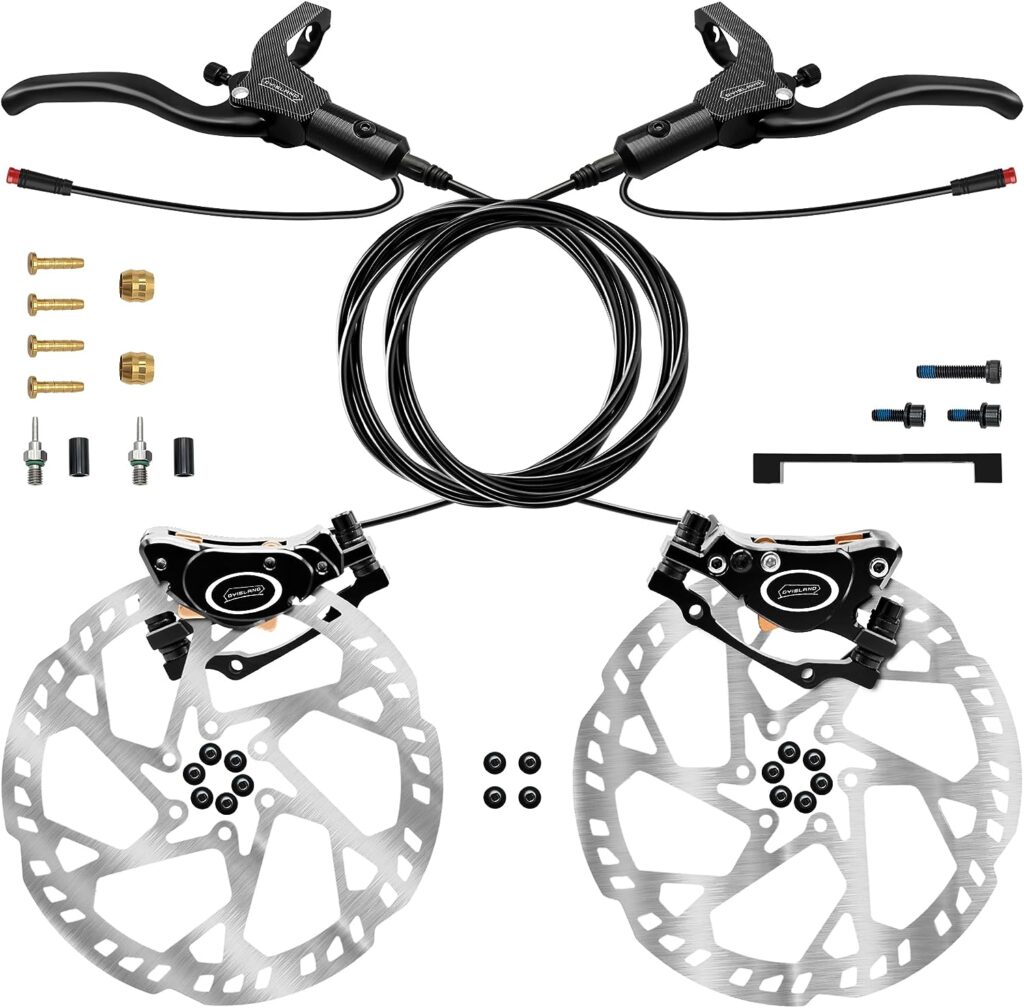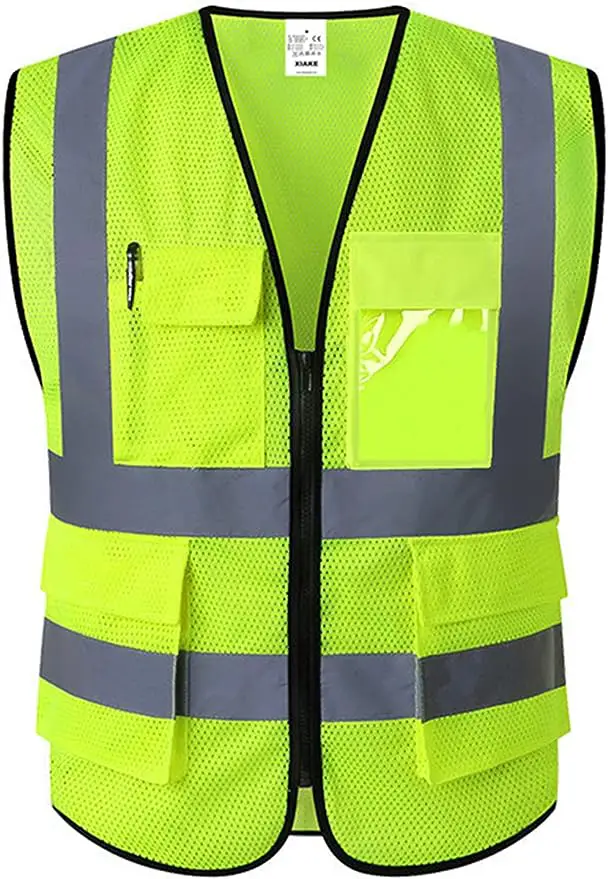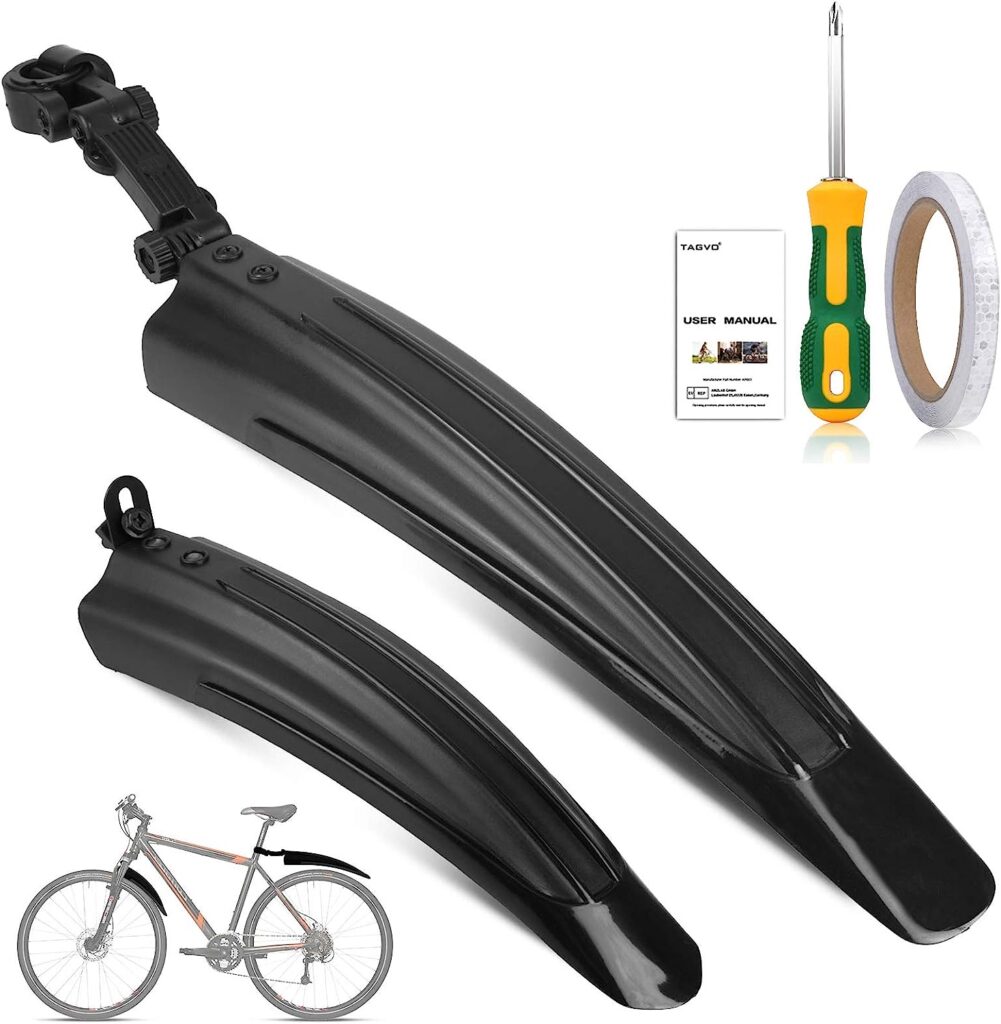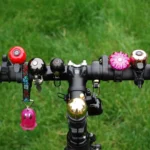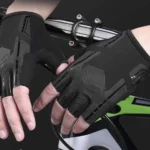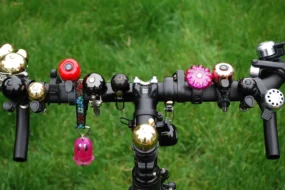
Cycling has gained popularity as a mode of transportation in cities, serving both work and leisure purposes. Yet, ensuring safety while cycling in urban areas necessitates adherence to specific rules and mandatory equipment.
Table of Contents
Mandatory bicycle helmets
Cyclists rely heavily on helmets as their primary protective gear, making them the most critical equipment. In the unfortunate event of an accident, helmets have the potential to save lives. In France, there is a legal obligation for children under the age of 12 to wear helmets. Nonetheless, it is strongly advised that cyclists of all ages prioritize helmet usage.
To ensure maximum effectiveness, helmets should be securely fitted and meet European safety standards (EN 1078). For further information regarding mandatory helmet regulations for bicycles, we recommend referring to our comprehensive article.
You may like also: How to Pick The Right Measure for a Bike Helmet?
Front and rear lights
Cyclists riding at night or in conditions of reduced visibility are required to have front and rear lights. These lights must be switched on from dusk until dawn, and they need to be approved and compliant with European standards. By using these lights, cyclists can enhance their visibility to motorists, motorcyclists, pedestrians, and other road users.
Reflectors
Reflectors, which are obligatory reflective devices for cyclists, must be installed on various parts of the bicycle. Specifically, two red reflectors should be fitted on the rear wheels, while two orange reflectors should be placed on the front wheels. Additionally, two white or yellow reflectors are required at the front of the pedals, along with two red reflectors at the rear. These reflective elements play a crucial role in enhancing visibility for cyclists, particularly in situations with limited lighting.
By incorporating reflectors on their bicycles, cyclists significantly improve their chances of being noticed by other road users. Even when confronted with low-light conditions, these reflective devices serve as a means to alert and make cyclists more visible. This heightened visibility enables motorists and pedestrians to identify the presence of cyclists on the road, reducing the risk of accidents and promoting overall safety.
A braking system
A bicycle should have two separate braking systems for safety reasons. These brakes need to be efficient and capable of bringing the bicycle to a quick stop in case of an emergency. The most commonly used types of brakes are drum brakes, disc brakes, and shoe brakes.
Having two independent braking systems ensures redundancy and enhances the overall reliability of the bicycle. In the event that one brake fails or malfunctions, the cyclist can still rely on the other brake to maintain control and stop as needed. This dual braking setup provides a crucial layer of protection for cyclists.
Doorbell or buzzer
Having a bell is a mandatory requirement for cyclists when riding in urban areas. It serves as an essential tool for cyclists to alert pedestrians and other road users about their presence. The bell must be capable of producing a clear sound that can be heard from a distance of at least 50 meters.

By using a bell, cyclists can effectively communicate with pedestrians and other individuals sharing the road. This proactive approach enhances safety and helps prevent potential accidents or collisions. A well-functioning bell allows cyclists to provide timely and audible warnings, ensuring that everyone is aware of their proximity.
The reflective vest
Cyclists are required to wear reflective vests when riding during nighttime or in low-light situations outside urban areas. These vests must be worn on the upper body and meet European standards for approval. By wearing reflective vests, cyclists enhance their visibility to other road users, even in conditions with limited lighting. To explore additional options beyond the traditional yellow vests, let’s delve into alternative choices for cycling safety attire.
Recommended equipment options
The mirrors
Mirrors, though optional, prove to be highly valuable for cyclists. They provide a convenient means for cyclists to monitor vehicles approaching from behind, eliminating the need for constant turning and diverting attention. To ensure effectiveness, it is imperative that mirrors be securely attached to the bike’s handlebars.
By incorporating mirrors into their cycling gear, riders gain an advantageous perspective on their surroundings. These devices allow for increased awareness of the traffic behind them, enhancing safety on the road. Cyclists can swiftly detect approaching vehicles, promptly react, and make informed decisions based on the information provided by the mirrors.
Mudguards
Mudguards, though optional, prove to be highly beneficial for urban cyclists. These essential accessories safeguard both cyclists and their bicycles from the unpleasant effects of mud, rain, and water splashes. Furthermore, they effectively prevent the projection of mud and splashes onto fellow road users.
To sum up
Ensuring the safety of cyclists and other road users relies heavily on adhering to the required equipment for urban cycling. Active compliance with these guidelines is crucial. Essential equipment such as helmets, front and rear lights, reflectors, brakes, bells, reflective vests, mirrors, and mudguards should be properly utilized by cyclists in urban areas.
To guarantee a safe and enjoyable ride, it is imperative to maintain these items in good condition and utilize them appropriately. Helmets provide crucial head protection, while front and rear lights enhance visibility during low-light conditions. Reflectors contribute to increased visibility from different angles, ensuring other road users can spot cyclists. Brakes enable efficient stopping power, while bells alert pedestrians and fellow cyclists of your presence. Reflective vests enhance visibility, especially during nighttime rides. Mirrors offer additional awareness of the surrounding traffic, and mudguards help minimize splashes and debris.




